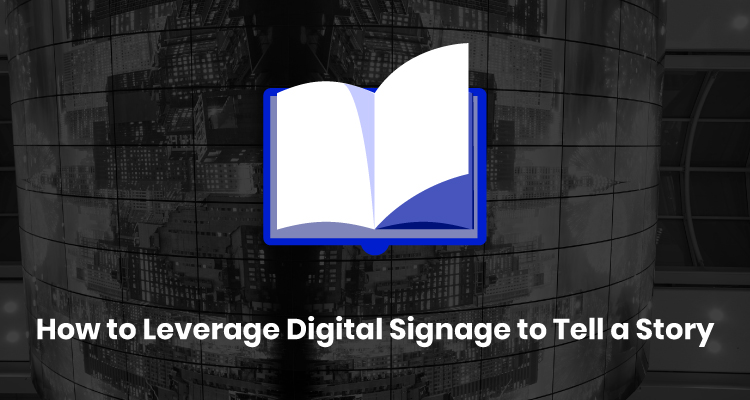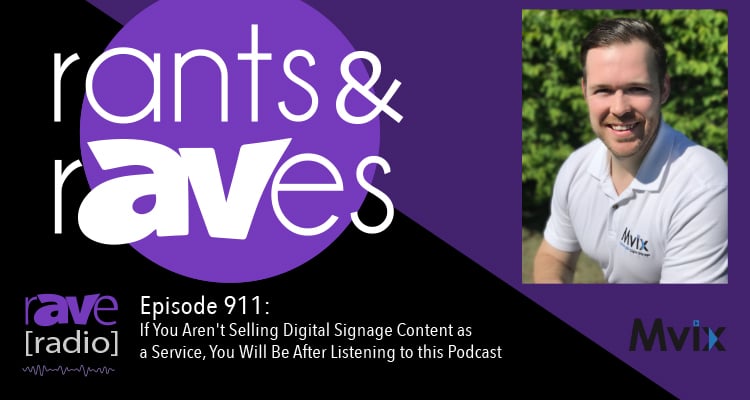Digital Signage Keeping It Fresh
The focus of this series “Power of Content” is to help people with content strategies and how they relate to digital screen media.
 Keeping viewers interested in the content is a primary challenge of a digital signage network. For some networks, it’s a greater challenge than others. For example, keeping a corporate communications network fresh can be especially daunting because content is presented to the same viewers day after day. To keep up with that need, many managers of corporate communications networks make a crucial mistake by displaying all their content assets in the first month of operation. This leaves them with nothing new for the rest of the quarter or even longer, not to mention that their audience becomes bored and loses interest pretty quickly. In all networks, and here in particular, pacing the delivery of existing assets is a key to success. In a corporate communications network it is best to rotate several categories in the main window: corporate content, policies, benefits, financials and safety tips for instance.
Keeping viewers interested in the content is a primary challenge of a digital signage network. For some networks, it’s a greater challenge than others. For example, keeping a corporate communications network fresh can be especially daunting because content is presented to the same viewers day after day. To keep up with that need, many managers of corporate communications networks make a crucial mistake by displaying all their content assets in the first month of operation. This leaves them with nothing new for the rest of the quarter or even longer, not to mention that their audience becomes bored and loses interest pretty quickly. In all networks, and here in particular, pacing the delivery of existing assets is a key to success. In a corporate communications network it is best to rotate several categories in the main window: corporate content, policies, benefits, financials and safety tips for instance.
Having a number of pieces ready to be placed into the loop at any time is critical and having them vary a specific messaging while maintaining the integrity of the category flow. A loop that has a safety message in it, for example, would play through the entire playlist and then each safety message would advance to the next safety message in the queue. This resets the safety message up to the top each time it goes around. So you’re always are getting a new safety message that is different every time — just in case you did sit through the loop twice, you’d get a new safety message.
Keeping ahead of content demands begins with the development of a significant pool of assets prior to launching the network. Think of these as basic building blocks that will be available for a relatively long period and can be mixed and matched in different ways. This is not stockpiling the content around a specific campaign, but rather it is about the overall look, feel and identity of the site. This involves creating key graphic elements and templates to develop a large library that can be manipulated as you create and present your content. It’s crucial to know the current and upcoming campaign objectives (at least for the quarter, and preferably for the year) to be able to create the necessary content elements well in advance. This is an area that requires full attention, and procrastination is not an option. The more planning for content, the more successful a digital signage implementation will be.
Creating a multitude of assets that can be tapped into at any time will allow flexibility in most any campaign. Start with creating graphic elements that can be put together in a number of diverse ways. This enables one to change the look slightly by shifting the elements around on the screen. These graphic elements span the gamut from logos and labels to photographs and icons. A network that will be selling coffee drinks will want to gather images of the coffee cups in use, the logo of the brand, and any logos of the drinks themselves. An in-store network at a consumer electronic retailer would want to gather images of its key products, manufacturer logos and brand marks, such as Blu-ray.
An internal communications network that will mix messages about safety with those about corporate policy might want to develop several sets of related designs to go on top of the relevant text — a red striped bar for a safety warning, a blue striped one for policy — that will carry consistent elements of the network’s design across various content segments. In some ways, this is similar to the idea behind designing a web site or a print publication. Although there will be a constant stream of shifting content, there are certain graphic elements that are used all the time and that let viewers know visually what site or publication they are looking at. These elements help create a sense of connection and comfort with viewers yet provide a great deal of flexibility in terms of how a particular piece of content can be presented. Because these elements are important to a network’s identity and used so frequently, they are considered and developed ahead of any other content.
Author and speaker Keith Kelsen, chief visionary at 5th Screen, is considered one of the leading experts on digital media. More information about his book, Unleashing the Power of Digital Signage – Content Strategies for the 5th Screen, published by Focal Press, can be found on the book’s companion website. Reach him at keith.kelsen@5thscreen.com or on Twitter @Kkelsen.





